Eric LaCour is an independent photographer and videographer based in Brooklyn, New York. He is an artist, athlete and existential adventurer. He is also a practitioner of Brazilian Jiu-Jitsu and member of the Masterskya community.
Visit Eric LaCour and Enjoy His Work Here: Website, Facebook, Instagram & Twitter.
Video – ТЕХНИКА НЕДЕЛИ/Technique of the Week: Grips, Armdrag, and The Whizzer with Van Allen Flores and Alex Ecklin. Filmed and edited by Eric LaCour of LaCour Studio.
We are fortunate to have an eclectic group of students training at Masterskya. Perhaps it’s one of the many benefits of being based in the heart of Brooklyn, New York. Masterskya straddles (mounts?) the Bushwick and BedStuy border — putting us in the center of an exciting and vibrant culture.
Today we learn a little bit more about Eric LaCour: human being, photographer, videographer and so much more…
AF: I’m sure most of our readers know who you are, but please, introduce yourself.
 ELC: Eric LaCour, I am Louisiana born, spent 7 years in Cali and have been training in photography for 18 years and in BJJ on and off for 5 years. I’ve taken off quite a bit and was a white belt for four years in order to focus on other projects from time to time.
ELC: Eric LaCour, I am Louisiana born, spent 7 years in Cali and have been training in photography for 18 years and in BJJ on and off for 5 years. I’ve taken off quite a bit and was a white belt for four years in order to focus on other projects from time to time.
AF: When did you get into photography and videography? And how did you discover it?
ELC: My grandfather was a photographer in WWII, he used photography to capture imagery of enemy territories from spy planes. Later in life, he owned a furniture store where my uncle used some of the space for family and school portraits, he additionally photographed weddings. Eventually, my uncle moved out and broke away from the furniture business to start his own photo business. Photography is in my blood. As a child, I was not interested in photography, I was more fascinated by comic books I would sketch them to the finest detail I could. I always tried to sketch the proportions accurately according to my perspective and shaded to create even more depth. Eventually, sketching led to painting and painting led to sculpture. Later in high school, I won multiple honors in art for painting, sculpting, and drawing, all of which involved studying light and shadow, despite never have taken a photo. At LSU (Louisiana State University) I had some great teachers that helped me to see photography in a more artistic way, which piqued my interest in the Fine Art of Photography. I will never forget (at this time it was all analog photography) seeing one of my first photos appearing in the dark room. That was the moment I fell in love with photography. The feeling evoked from watching the image appear in the darkroom was beyond words, and still is. The appeal of photography for me, is the blending of science and art, a medium for me to explore my passion for studying light.
AF: When did you begin practicing Brazilian Jiu-Jitsu? And how did you discover it?

ELC: When I moved back to Louisiana from California a good friend of mine from college, Gabe Miller, had opened a gym in Baton Rouge, Louisiana. I went to his gym for Muay Thai classes. Ricco Rodriguez, the black belt there, hired me to do some promotional photos of him for a fight he had coming up. He gave me my first Gi, it was a Jean Jacque Machado Gi (at the time I had no idea who that was). I still have the gi. I started training about 2-3 times per week and supplemented that with weight lifting, which I have not done since. I got hooked on Jiu Jitsu. I quit lifting so often and started concentrating my efforts on technique. I quickly realized that nothing pushes you farther or harder than Jiu Jitsu. I always say, no matter what kind of physical practice you have, you will never put the same amount of effort into it as you will put into trying to stop someone from choking the shit out of you. It was there that Josh Mancuso, a purple belt at the time, would tell me about one of the best grapplers in the world, Marcelo Garcia. When the opportunity came for me to move to New York I knew where I wanted to train.
AF: And what is something you love, respect and appreciate most about Brazilian Jiu-Jitsu?
ELC: Well, I can safely say that Jiu-Jitsu is truly the gentle art. I remember one of my first classes ever, the instructor asked if anybody had any good fight stories. And two people raised their hands to speak, and both stories were pretty identical. Essentially, each person found themselves in heated and violent situations they didn’t want to be part of, and they used their training to control the chaos of the moment.
And then, it happened to me.
I was biking down the street in the East Village. And this truck was behind me. There definitely wasn’t enough room for him to pass me. He was blowing his horn really aggressively. So, I pulled up ahead as much as I could and made as much space as I could in the narrow, tiny street. He pulled up beside me, started yelling at me and actually tried to sideswipe me, but I leaned into it to stay up. I hit the brakes and let him go ahead. He was now in front of me. After noticing him staring at me with his eyes like he was trying to burn a hole through me, I could not help but give him a little smile and a wave. He then hit the brakes and threw his car sideways in the street to where I could not pass. He jumped out the SUV and directly in front of me. I quickly dismounted and found myself staring about 10 feet from him and with a high pitch I said “are we really doing this?” But he did not want to talk.
And I couldn’t help but kinda chuckle as well. He was raging, coming at me, and all I could do was… react. I just ducked under his fist, swept him, and when his back hit the ground… he made that sound that you make when all the air leaves your lungs. I got on him and wrapped him up in a triangle from mount. I just clearly stated that I was only defending myself, I was not hurting him and that he needed to calm down. Someone else came from the SUV, we were able to talk it out. And I let him know that I really could have hurt him and rolled away. I didn’t have to break his jaw or knock out a few of his teeth.
My point is: if I had only been training Muay Thai, I would have done something… I would have met this guy on his way too aggressive level. I would have broken his jaw. And both of us, most likely, would have ended up in jail. But Jiu-Jitsu gave me the tools to neutralize the violence — and not escalate it.
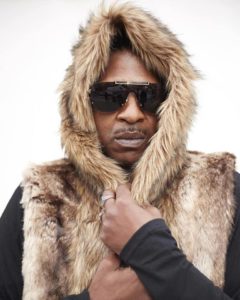
AF: You say your art is “Abstract Realism.” A quick Google search, whether right or wrong, tells us that Abstract Realism [in painting] shows the “abstract beauty of paint itself without the dilution of a recognizable image.” How does that definition sit with you? How do you define Abstract Realism? And how does that definition present itself or manifest in your art?
ELC: I’m just playing with words and frequently change my headline. But yes, If we could break away from the connection of this term with a painting or abstract expressionism–all images are abstractions on some level and the people I photograph for my personal work are the aspect of realism. I select strangers off the street to photograph, document, study, and learn from them. The main concept of my street portraits is to catch people off guard in their natural state. When people schedule a shoot they are often over prepared for a photo shoot. They are thinking about it for days or weeks, they pick out the best outfit, get their hair and makeup done, then they usually enter a studio with a variety of artificial lights and gadgets that enhance their image in more interesting ways. I want them with none of that. I want them as they are but separated from their environment, just them, real. I also use old-fashioned, all natural, organic light.
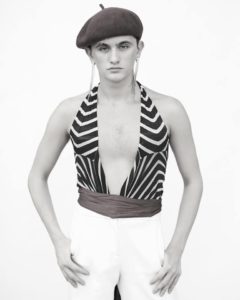
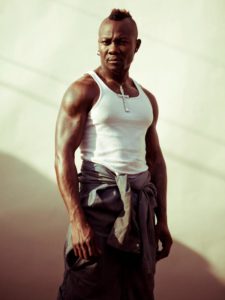
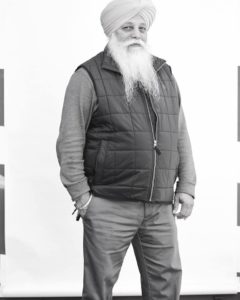
 AF: So, let’s go back to the beginning… or at least as close to “the beginning” as I could get by snooping around on your Facebook profile. You posted a wonderful photo or you and your parents “back in the day” after a football (American Football to be exact) game. In the comments, you said, “I have always had a physical art and a peaceful art. At this time it was football and painting.” Historically, stereotypically, we as a society aren’t trained to view people as so well-rounded. We have cliques in high school: “jocks,” “artists” and “nerds” to name a few. You now, obviously, practice Brazilian Jiu-Jitsu and you are a photographer. You were a football player and a painter. And before that, you studied Tang Soo Do, correct? Could you please tell us about a bit about your journey as an athlete-artist?
AF: So, let’s go back to the beginning… or at least as close to “the beginning” as I could get by snooping around on your Facebook profile. You posted a wonderful photo or you and your parents “back in the day” after a football (American Football to be exact) game. In the comments, you said, “I have always had a physical art and a peaceful art. At this time it was football and painting.” Historically, stereotypically, we as a society aren’t trained to view people as so well-rounded. We have cliques in high school: “jocks,” “artists” and “nerds” to name a few. You now, obviously, practice Brazilian Jiu-Jitsu and you are a photographer. You were a football player and a painter. And before that, you studied Tang Soo Do, correct? Could you please tell us about a bit about your journey as an athlete-artist?
ELC: Wow! I am amazed and shocked at the amount of info you have and know about me. Yes, I did Tang Soo Do as a kid and at the time, I was also drawing, later my interests turned to football and painting, now it’s Jits and Photo. I will and do venture into video from time to time, but I plan to focus on Jiu Jitsu and add in a little more judo training, cycling, and yoga. Oh yeah, I do a lot of yoga too. It’s the best supplement to any sport.
I started Tang Soo Do around 10yo, at around 14yo I moved on to boxing and kickboxing which eventually got in the way of football, track, soccer and swim team… they all got in the way of each other.. or somehow influenced each other. I didn’t play football until my second year in High school. I was the starting running back by the end of the season because I was faster than most of the guys, I was considered “talented” because I picked it up so quickly. I didn’t think I was talented, I think the only reason I was fast was due to all the coordination and strength I had built up from the Karate. It’s similar to how I believe my drawing influenced my painting. Deep down I’ve always known that all arts/sports influence each other. I was voted “most talented” in high school, which I find funny. I’m sure it was uncommon for a starting running back to win all these art awards. I remember the looks on my coaches faces when I had to walk up in front of the school for multiple art awards. Talent is a tricky word though, it implies that the person referred to did not have to work for it. I didn’t even see or realize I was putting more time in than others; I was just doing what I was interested in. I give my parents credit for encouraging me to continue drawing as a kid. Science was my only strong subject, for all the others, I was too busy sketching.
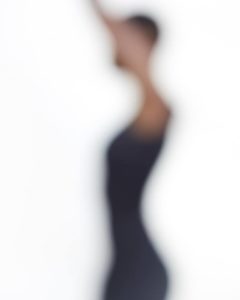
“Things never actually exist in a ‘still’ state, especially humans and animals.”
AF: So here’s a wacky follow-up question, but let me set it up first: If I’m correct, Abstract Realism is — at least partly — about divorcing beauty from recognizable/easily understandable images. You work with blur and motion a lot. You are also an athlete. Looking at all of this evidence, I feel you have a love and deep reverence for movement. Am I correct? And if so, can you speak to your appreciation of movement? And can you comment on that narrative thread of being in-touch with your body, and creating art that has as much movement and life as your art does?
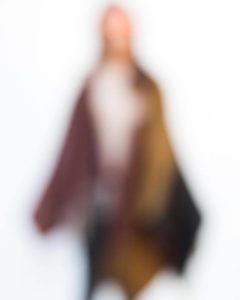
ELC: I never thought about it like that, but I suppose, yes. I am totally into movement. Photos and stills lie. Things never actually exist in a “still” state, especially humans and animals. Even at a micro level, your cells are growing and dying, your internal organs are doing their thing. The moving image shows and tells so much more, there is so much more information. Through my studies as a still photographer, I learned to tell as much as I can about the subject in one shot. I use a lot of motion blur, even if it is merely to show a small mannerism the subject may have. In my opinion, there’s nothing like a good portrait with a little motion blur of the hand or hair. The trick is having a portion of the subject in motion while the eyes are tack sharp. That, on a technical level, can be very tough to catch, but so worth it when you actually do. For the Masterskya videos, it just happened that I blurred the image-making it more of an abstract art, much like the flow state itself.
AF: I think your languid and (nearly) hypnagogic yet totally crystal-clear and focused video style is perfect for capturing Brazilian Jiu-Jitsu. It’s almost a visual representation of the flow state — which we all enter due to BJJ, whether we realize it or not. For our readers: flow can be summed up as, “the mental state of operation in which a person performing an activity is fully immersed in a feeling of energized focus, full involvement, and enjoyment in the process of the activity.” It’s basically a state of optimal performance. Your brain is keyed into your activity, but your frontal cortex is “quiet” enough where you aren’t judging or critiquing your thoughts and actions — you’re merely listening, retaining and performing in peak fashion. This is real, there is science behind this, but we can save that for another blog post… 😉
I do believe your video style represents that.
I would love it if you could speak to that. Does it sound like I’m reaching? Am I overthinking? Or have you considered some of the things I just mentioned?
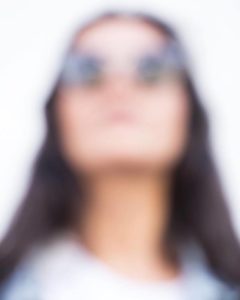
“I’m sure that’s why they call it flow. You gotta catch it like a wave, and it’s a balancing act to stay there.”
ELC: You hit the nail on the head. I definitely know what the flow state is, though I never actually intended on putting the two together. It is very interesting and amazing that you see that. I have been quite amazed by and obsessed with the flow state for quite some time now, although I never called it that. I like to use, I believe it’s Eckhart Tolle’s words, “intense being” or “intense presence.” Most people don’t realize how easy it is to get there. You don’t have to DO anything; you just have to feel with your whole body, it takes practice. When you do that your mind is shut off and you are just experiencing. Most people are scared to stop thinking; it’s the disease of society. The “dis” “ease” is not wanting to be where you are and compulsively thinking, analyzing and judging the past and/or future, the dis-ease of society is the overuse of the frontal cortex/thinking mind or the monkey mind, as it is referred to it in Buddhism. The monkey mind is wasting energy projecting things about the future or analyzing the past. They are both illusions. The only thing that exists is this ever-changing moment. I’m sure that’s why they call it flow. You gotta catch it like a wave, and it’s a balancing act to stay there. Being “intensely present” is more feeling than thinking, people may not realize it but they are, as you said, experiencing flow when they are rolling. Nothing puts you in that state as quickly as someone trying to take your life. I’m now more fascinated with how far we can push our bodies. Sometimes when I train for more than a few hours I get into what I like to call a roller’s high — it’s past the exhaustion point, past the threshold we thought we could have died, but it’s just another level. A level that we do not experience in this safe and comfy little world our ancestors have provided for us.
We’re going to end this interview with a bonus round. We have two really hot-button newsworthy questions that were submitted by a very special and anonymous BJJ instructor — whom we all may or may not know… Let’s go!
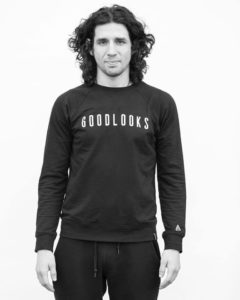
Anonymous BJJ Instructor: How did you get the nickname “The White Musashi?”
ELC: I know who started it, Alex Ecklin started calling me that one day. I’m sure it was because I told him many stories about the famous Samurai, Miyamoto Musashi. I also quoted the Tao Te Ching to him much like Miyamoto does in his most famous book “The Book of Five Rings.” I have become quite obsessed with the stories about his life and duels. The main reason I love Miyamoto is because he stressed having a peaceful art as well as a killing art. In one of his books, he says, “It is said the warrior’s is the twofold way of pen and sword, and he should have a taste for both ways.” I’ve been practicing this for most of my life. Currently, with my rib injury, I have come to realize one reason why this is such a good practice. When you are injured or cannot practice one art for a while, you can direct your focus on the other, instead of getting depressed. I go through phases where I will train Jits like a mad man then take a break and photograph like a mad man. It all balances out. I ideally I would like to be doing a bit of both every day. They help clear the head for one another. When the body has to rest from Jiu Jitsu, it can still pick up a camera and frame a shot. There is a deeper meaning as well, it has to do with an in-depth understanding of yin and yang. Death is destruction/end and the peaceful art is creation/beginning. To know what hot is you have to understand what cold is, hot defines cold, and cold defines hot. As a photographer, I can’t show someone an image with all light, the shadows also have to be present. To have a deeper understanding and experience of the world we live in it helps to understand the beginning and the end as well as the physical and nonphysical.
Anonymous BJJ Instructor: If you were a samurai from feudal Japan what advice would you give a modern-day BJJ practitioner?
ELC: Go to class.
Eric LaCour is an independent photographer and videographer based in Brooklyn, New York. Visit Eric LaCour and Enjoy His Work Here: Website, Facebook, Instagram & Twitter.
###
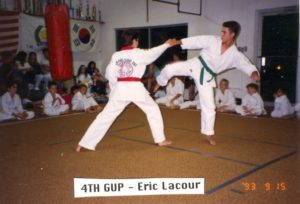

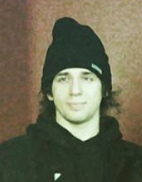
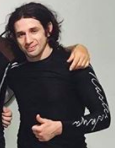
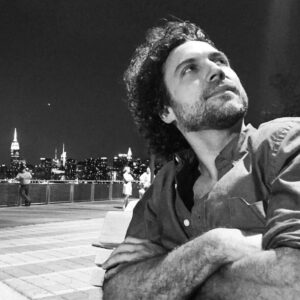
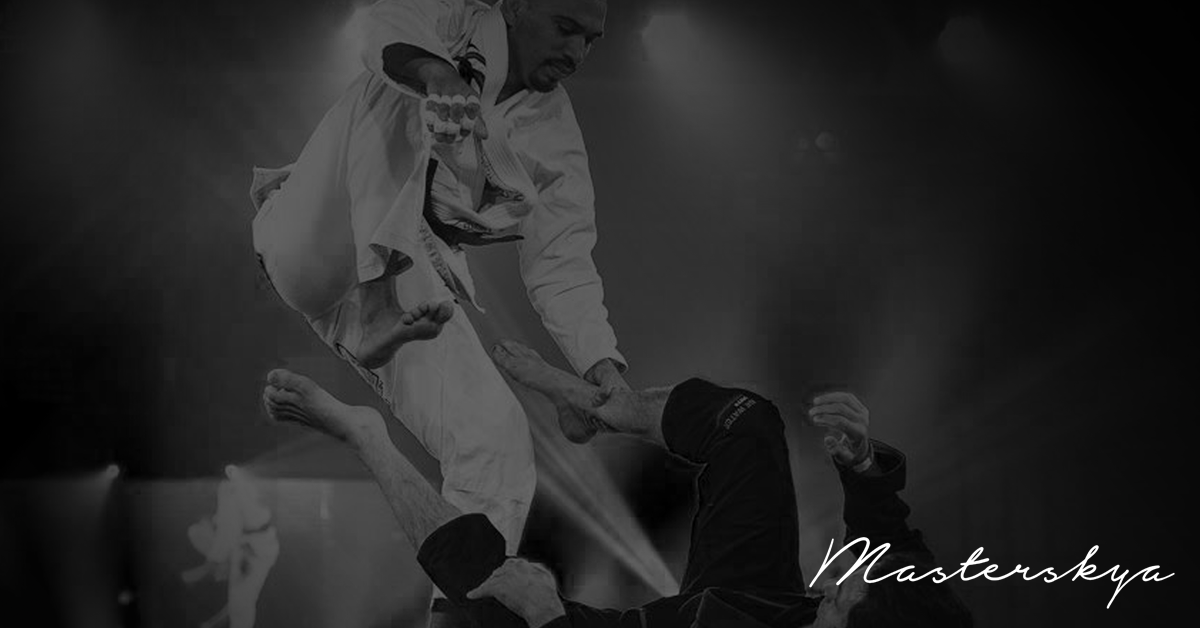
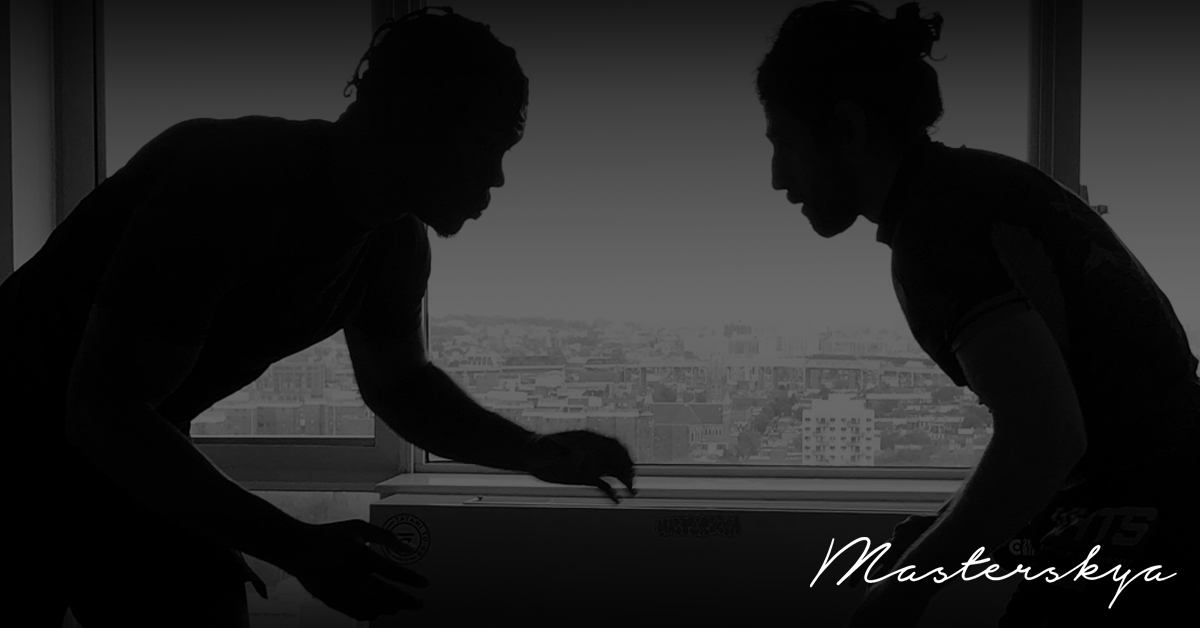
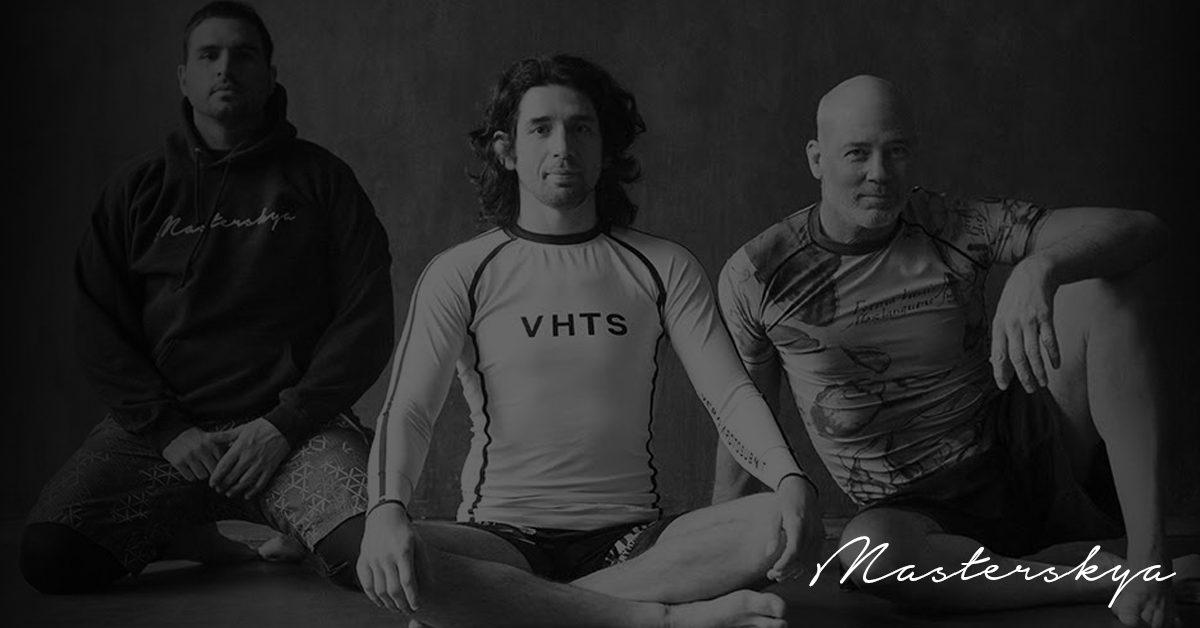
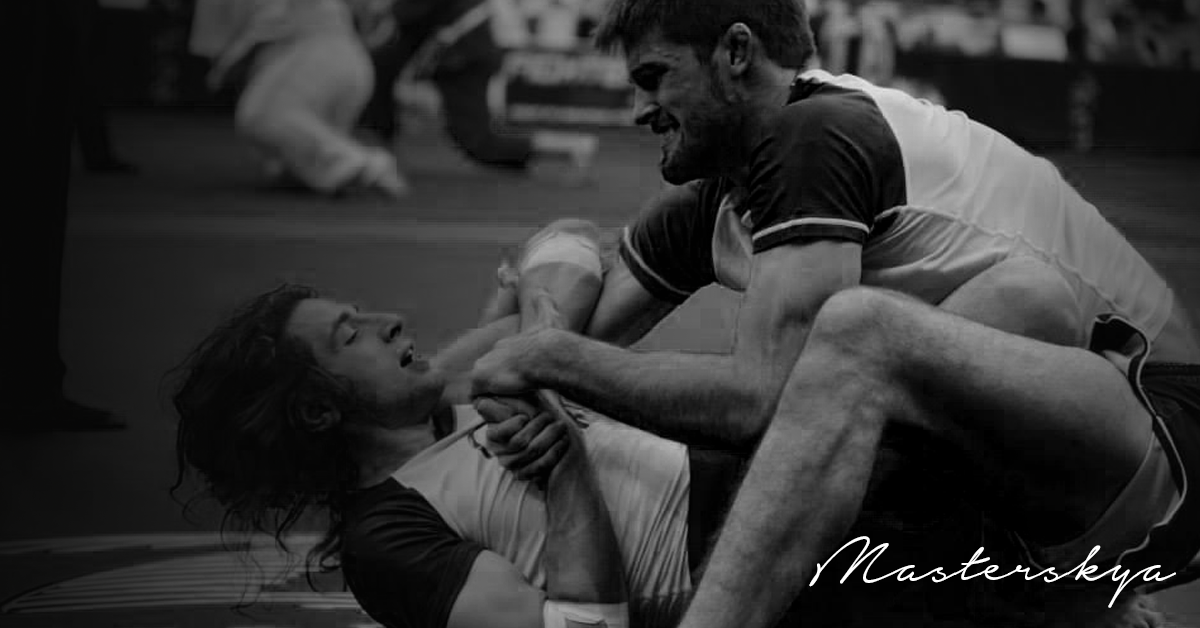
2 thoughts on “An Afternoon with Eric LaCour of LaCour Studio – Photographer and Creator of Masterskya’s Technique of the Week Video Series.”
What a mind opening interview !
A new way to think of your being!
Very interesting interview. Loved the ideas behind the Flow state.